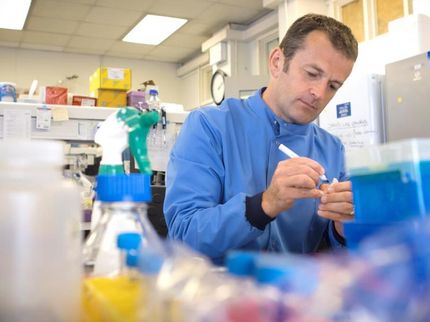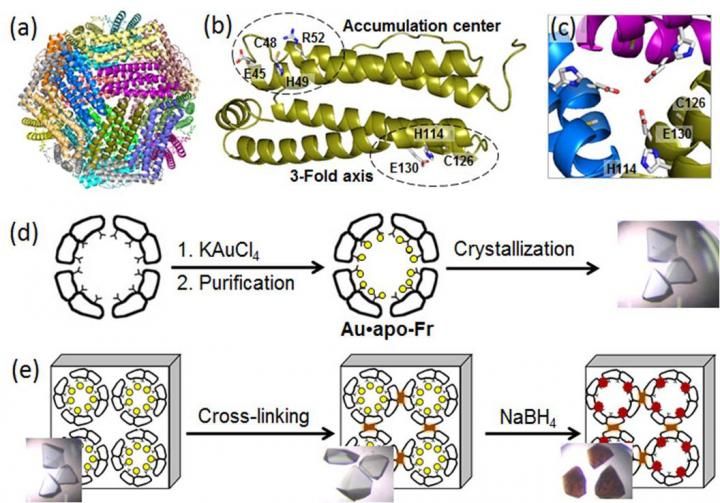EU report provides basis for effective fight against development of resistant bacteria
EU agencies publish first integrated analysis of data from humans and animals
The use of certain antimicrobials in animals and humans is associated with resistance to these antimicrobials in bacteria from animals and humans. There are also important differences in the consumption of antimicrobials in animals and in humans between European countries. These are some of the findings of the first integrated analysis of data from humans, animals and food in Europe published jointly by the European Centre for Disease Prevention and Control (ECDC), the European Food Safety Authority (EFSA) and the European Medicines Agency (EMA).
The ‘ECDC/EFSA/EMA first joint report on the integrated analysis of the consumption of antimicrobial agents and occurrence of antimicrobial resistance in bacteria from humans and food-producing animals’ also identifies data limitations that need to be addressed to allow further analysis and conclusions to be drawn. These include additional data on antimicrobial consumption by animal species, data on antimicrobial consumption in hospitals in more European countries and monitoring of resistant bacteria in the normal flora from both healthy and diseased people.
The analysis was carried out at the request of the European Commission and combines data from five European monitoring networks that gather information from the European Union (EU) Member States, Iceland, Norway and Switzerland.
This holistic approach aims to make better use of the existing data and strengthen coordinated surveillance systems on antimicrobial consumption and antimicrobial resistance in human and veterinary medicine, and to allow policy makers to decide on the best way to tackle antimicrobial resistance in humans and animals.
The joint report will inform the European Commission’s action plan against the rising threats from antimicrobial resistance. The data will also contribute to establishing strong methodologies and priorities in the fight against the development of antimicrobial resistance.
Most read news
Other news from the department science

Get the life science industry in your inbox
By submitting this form you agree that LUMITOS AG will send you the newsletter(s) selected above by email. Your data will not be passed on to third parties. Your data will be stored and processed in accordance with our data protection regulations. LUMITOS may contact you by email for the purpose of advertising or market and opinion surveys. You can revoke your consent at any time without giving reasons to LUMITOS AG, Ernst-Augustin-Str. 2, 12489 Berlin, Germany or by e-mail at revoke@lumitos.com with effect for the future. In addition, each email contains a link to unsubscribe from the corresponding newsletter.






















































